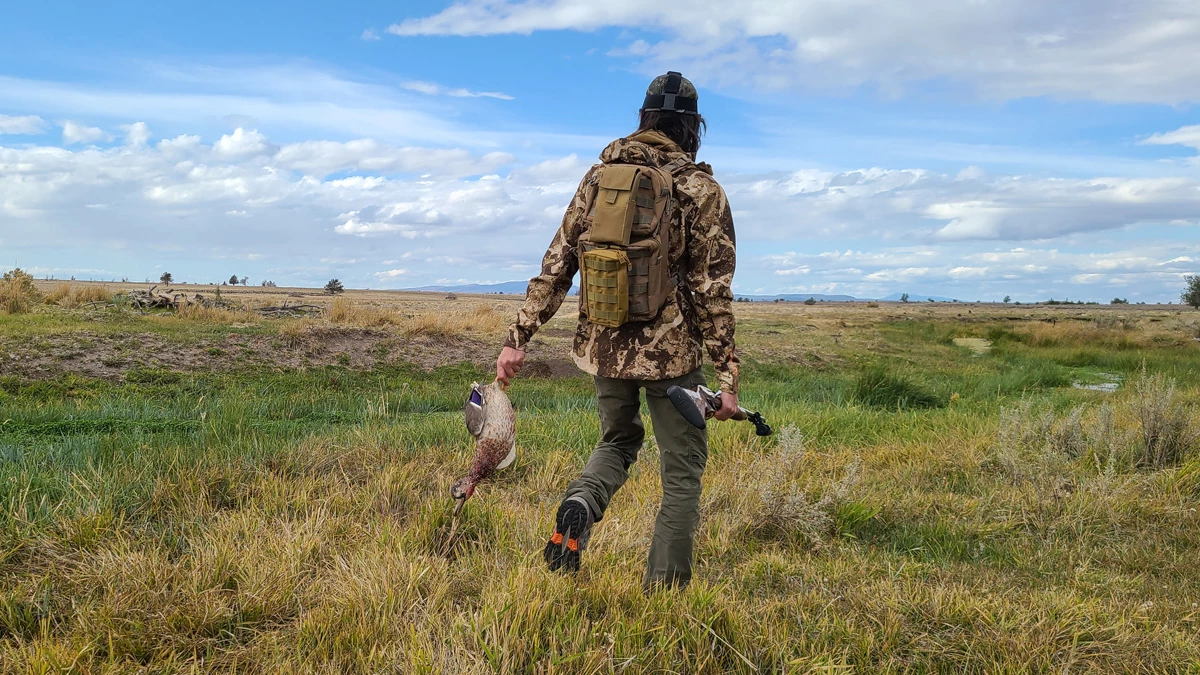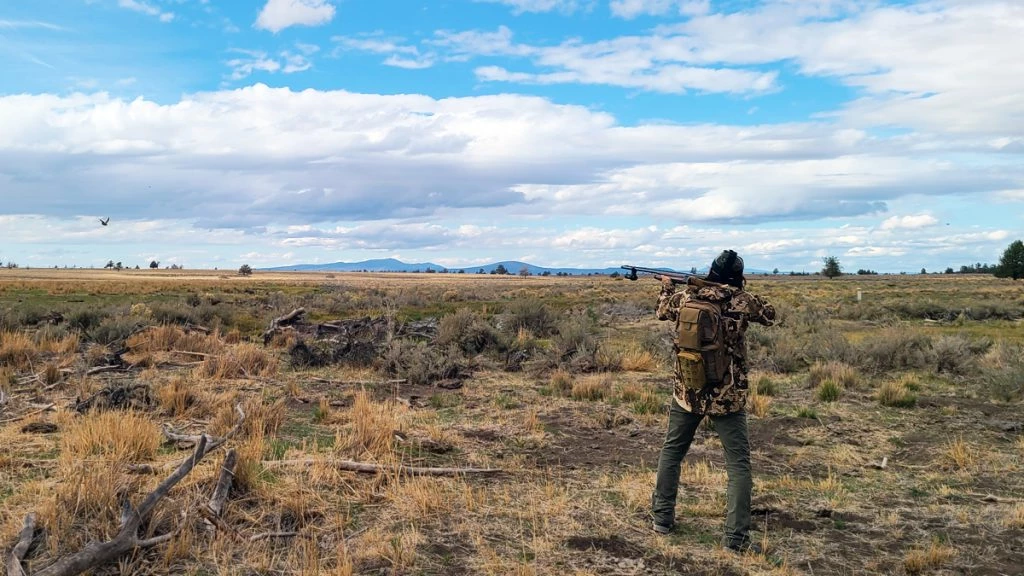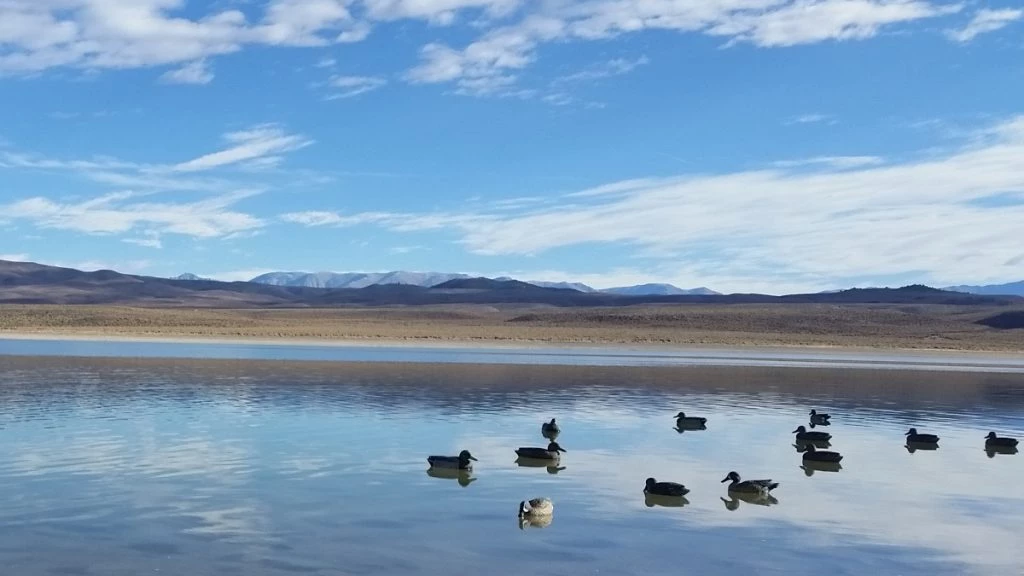
The California waterfowl season already started in the northeastern zone, and is only a couple of weeks away for the majority of the state. It’s not too late to get ready and enjoy the season as soon as it starts, but you’ll need to make sure you have a few items. We break down what you’ll need.
Shotgun
The essential item for waterfowl hunting is a shotgun. For most, a good and ultra-reliable 12 gauge shotgun, like the Beretta A300 or Benelli Montefeltro, two of our favorite workhorses, are the way to go. While many suggest a pump shotgun as a foray into hunting with a shotgun, we’ve never had somebody regret our recommendation of a high-quality semi-automatic shotgun, and in our opinion, there is no difference in safety and handling as every firearm should be treated like a loaded and dangerous weapon.
Ammunition
If you don’t load your own high-speed steel, bismuth, or tungsten shotshells, then the options really boil down to just a couple of good ones. Hevi-Metal by Hevi shot, which is a blend of lead-free alloy and steel shot is probably the most common, but pairs the heavier alloy with steel to make it more economical. Bismuth and Tungsten options from Kent, as well as their Fasteel 2.0 are also good options. Less common, and somewhat premium, are Boss Shotshells, boasting high speeds and heavy alloys. Regardless of the brand you choose to go with, or is simply available near you, dense, lead-free ammunition with fast velocities that pattern well in your shotgun are the way to go.
Camouflage
It’s possible to jump shoot birds with a shotgun and nothing else. Your camouflage choice can be a green or brown t-shirt to help match your environment, and you’ll probably be able to creep up on ducks and get a shot off once in a while. However, for greater success, especially if you will be hunting over decoys, you really need to get some decent camouflage. You’ll want a camo hat or balaclava if it is cold, and a shirt or jacket depending on the temperature where you hunt. Pants are sort of optional, most khaki brown or green pants will suffice, and if you wear camo chest waders, then pants don’t matter at all.
Ducks have great vision, so the better your camouflage, and the ability of the pattern to match your environment, the better your hunting will be. We really like and frequently use the First Lite Catalyst, for many of our hunts, whether it’s for waterfowl or big game. While it’s not the cheapest option out there, it is a great one. It’s what is being worn in the photos taken while jump shooting.
Decoys
If you only plan to jump shoot, then decoys aren’t necessary. However, it won’t be long before you wish you had more shooting opportunities that a dozen or more decoys can provide. A good start, and decoys we use and recommend are the rugged series decoys from Hard Core Decoys. We especially like the Green Teal and either Gadwall or Mallard decoys, which are ideal to start with, as they are very common species just about everywhere.
Waders
You may be able to get away without waders for jump shooting, but you’ll eventually want some after you get wet a few too many times crossing rivers and streams, or post-holing in muddy banks. Hip waders are okay, but we prefer and recommend chest waders. Waders don’t have to break the bank either, you can get a decent pair of waders, like the TIDEWE Chest Waders with Realtree MAX5 Camo and 800G insulation, for less than 150 dollars.
Duck Calls
There are many waterfowl hunting days where we’ve never even pulled duck calls out of our packs. In some environments, they may not be necessary. In others, it may be the only way to draw attention to your decoy spread. Some calls are better than others, but in general the results seem a little more binary. They either get a ducks attention or they don’t, or maybe we just suck at calling. When we do call and have success, our go to is the Primos Pro Mallard Call. Are there better one’s out there? Probably, but for our calling skills, this one works just as fine.
Choke
Regardless of the velocity, as your shot string travels, the pattern opens up. At longer distances it can introduce some large holes in the pattern, that may allow birds to escape. If you are going to shoot anything other than birds flaring over decoys, an extended choke with a tighter constriction will be a game-changer. Our favorite chokes are manufactured by Carlson's Chokes, especially their extended ported chokes with “No Size or Speed Restrictions with Steel Shot”. Be sure to check the thread size and style on your shotgun, to be sure you get the correct choke, they are not all universal.
Decoy Retriever
A decoy retriever is a helpful tool to have if you hunt in slightly deeper water, and aren’t interested in filling your waders. A decoy retriever makes decoy and duck retrieval easier, especially if you hunt without a dog or kayak. Put plainly, its a long stick, usually collapsable, with a hook on the end and can both keep you drier, and make your life easier.
Blind
You can use natural camouflage like tall brush or reeds, but some environments require a blind. While you could get away with a sheet of camouflage burlap, a layout blind is much more comfortable and provides better opportunities to add natural vegetation to your camouflage than a burlap sheet does. We use and recommend the Bulk Decoy Club Layout Blind because of its ultralight weight, cheap price, portability, and dual-use as a decoy bag.
Let ’em have it!
The longest reaching choke, 3 ½ inch TSS shells, premium brand camo, and all the decoys in the world won’t guarantee that you’ll limit on ducks every time you go out into the field. You will still need to learn about duck behaviors, patterns, how to deploy successful decoy spreads, stealthiness, calling, leading your target, and good shooting, to be a successful waterfowler.
With that said, a willingness to put in the time and learn how to be a better hunter, good waterfowl gear will make a difference. So get geared up, get out there, learn when you can, always try to improve, and harvest some birds!
Comments



[…] Posted inUncategorized Gear Up For Waterfowl […]